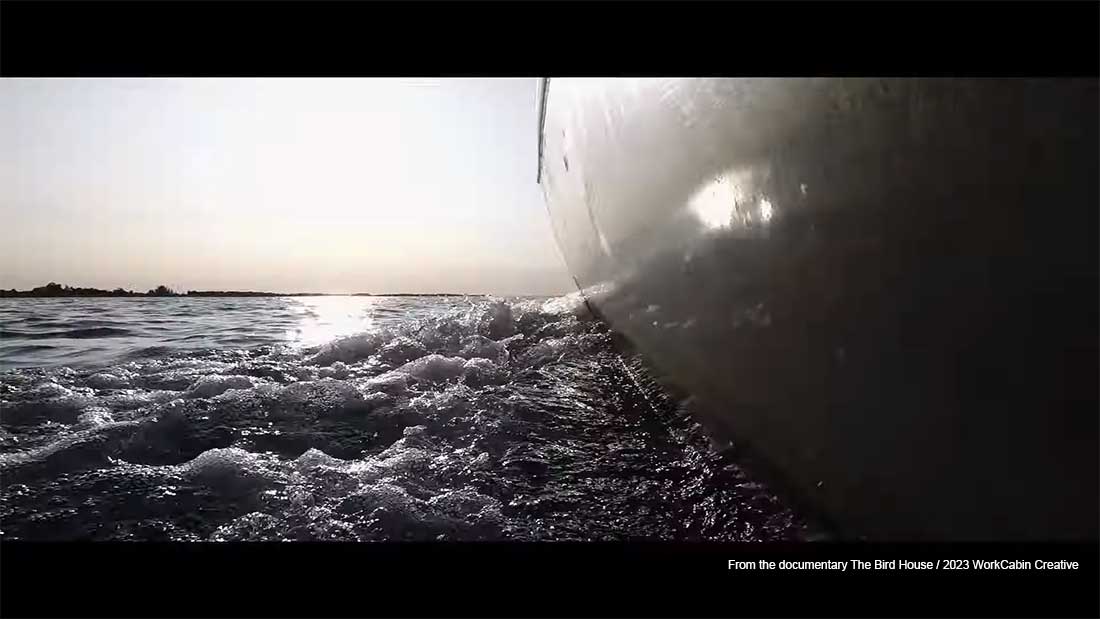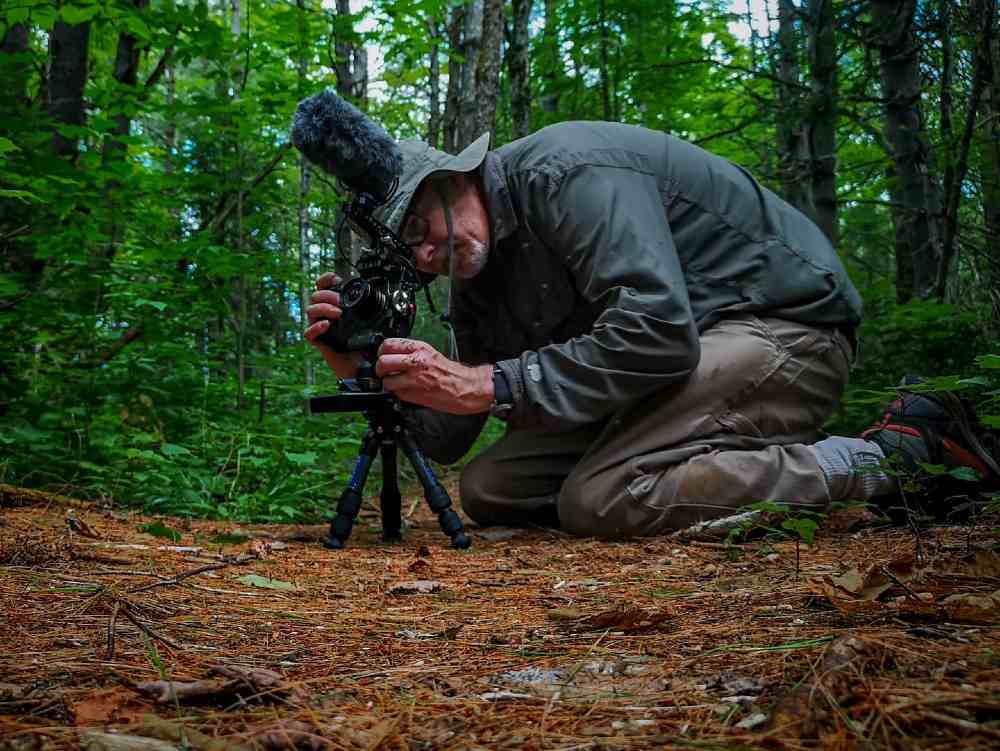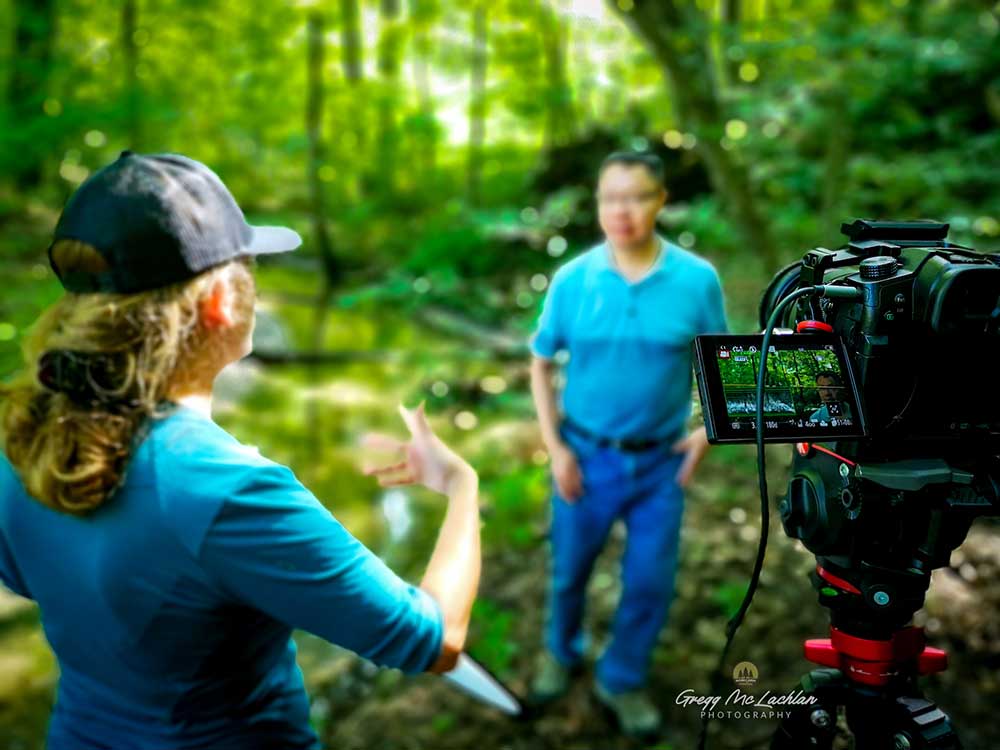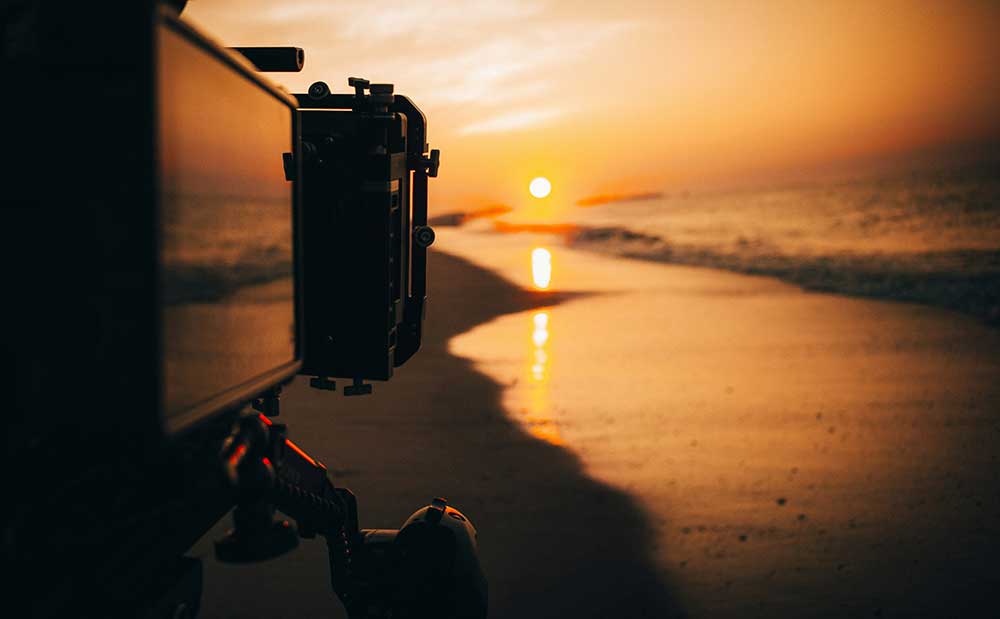

Conservation Documentaries on a Budget?
Just suggest the idea of doing a documentary to a small conservation nonprofit and eyes will glaze over faster than a fox diving into a snow bank in search of a shrew.
The reaction is instant” “We can’t afford that! We’re too small!”
In the realm of filmmaking, the allure of big-budget documentaries with stunning visuals and celebrity narrators often overshadows the potential impact of more modestly funded projects. However, when it comes to conservation documentaries, the power of the message can transcend financial constraints. In this blog post, I’ll explore the notion that conservation documentaries don’t have to cost a fortune, and how even your small environmental nonprofit can create compelling narratives on a budget.
- Passion Over Pocketbook:
One of the key ingredients for a successful conservation documentary is passion. Filmmakers driven by a deep commitment to environmental issues often find innovative ways to tell their stories without relying on large budgets. Passionate individuals are more likely to engage with local communities, environmentalists, and experts, forming connections that can be as valuable as any monetary investment.
- Utilizing Affordable Technology:
Advancements in technology have democratized filmmaking, making it more accessible to the masses. High-quality cameras, drones, and editing software are now available at a fraction of the cost they once were. Filmmakers can take advantage of these tools to capture breathtaking visuals without breaking the bank. Additionally, the prevalence of smartphones with impressive camera capabilities opens up new possibilities for capturing on-the-ground footage.
- Crowdfunding and Community Support:
The rise of crowdfunding platforms has allowed filmmakers and organizations to tap into the collective power of like-minded individuals who believe in their cause. By sharing a compelling vision and story, organizations can raise funds directly from the target audience. This not only provides the financial means to produce the documentary but also creates a community of supporters who are emotionally invested in the project’s success.
- Collaborations and Partnerships:
Building partnerships within the conservation community can be a cost-effective way to access resources and expertise. Working with local NGOs, environmental organizations, and scientists can provide filmmakers with valuable insights, access to locations, and even equipment. These collaborations not only enhance the credibility of the documentary but also allow for a more nuanced exploration of the conservation issues at hand.
- Storytelling Excellence:
At its core, a documentary’s impact lies in its ability to tell a compelling story. Regardless of budget constraints, skilled filmmakers can focus on developing a strong narrative that resonates with viewers. A well-crafted story can capture attention, evoke emotions, and inspire action, regardless of the production budget.
I hope these few tips are helpful. I’ll never stop advocating that conservation organizations big or small should invest in having at least one signature documentary. It’s how you stand out from the clutter of aidiences being bombarded with social media and smartphone videos today. It’s proven that audiences love and desire nature documentaries that take deeper looks at critical issues.
While big-budget conservation documentaries certainly have their place, the potential of smaller-budget projects should not be underestimated. By leveraging passion, affordable technology, crowdfunding, community support, and strategic collaborations, filmmakers can create impactful documentaries that raise awareness and drive positive change. Ultimately, it’s not about the size of the budget but the depth of commitment to the cause that makes a conservation documentary truly powerful.
- What’s The Importance of B-roll in Conservation Storytelling? - April 22, 2024
- What’s It Really Like Being a Conservation Filmmaker? - April 15, 2024
- Filmmaking Explainer: What Is Post-Production? - April 6, 2024

